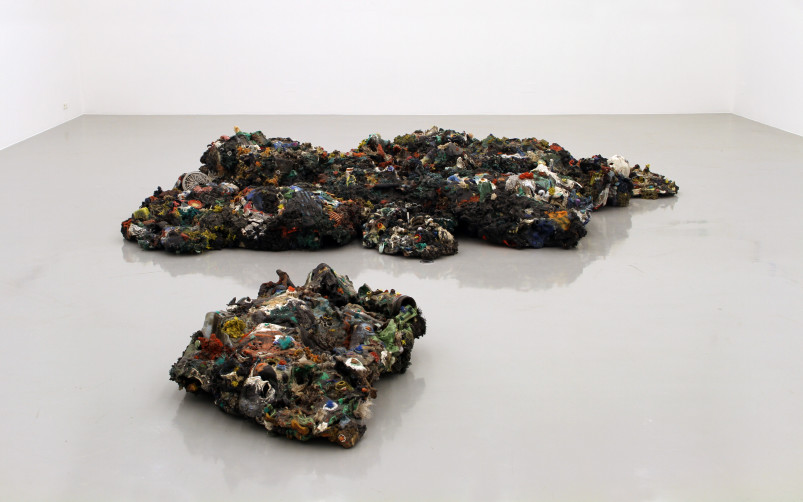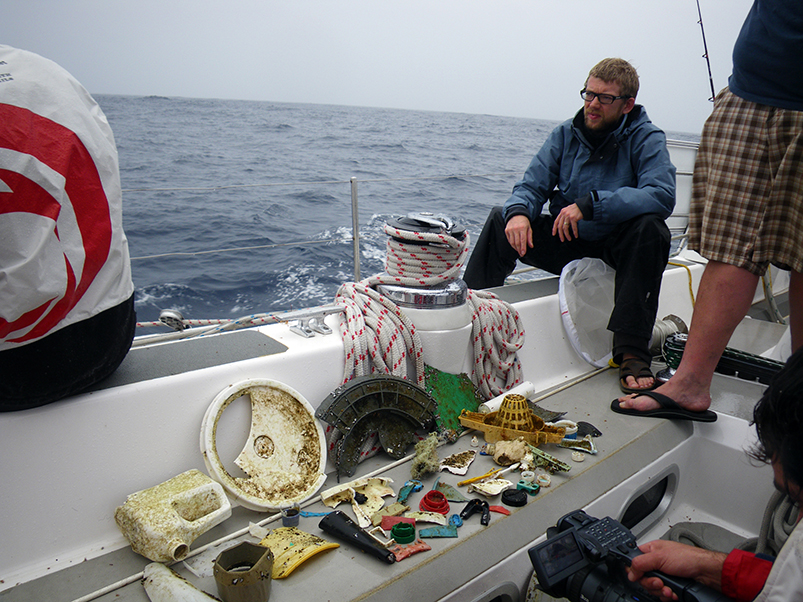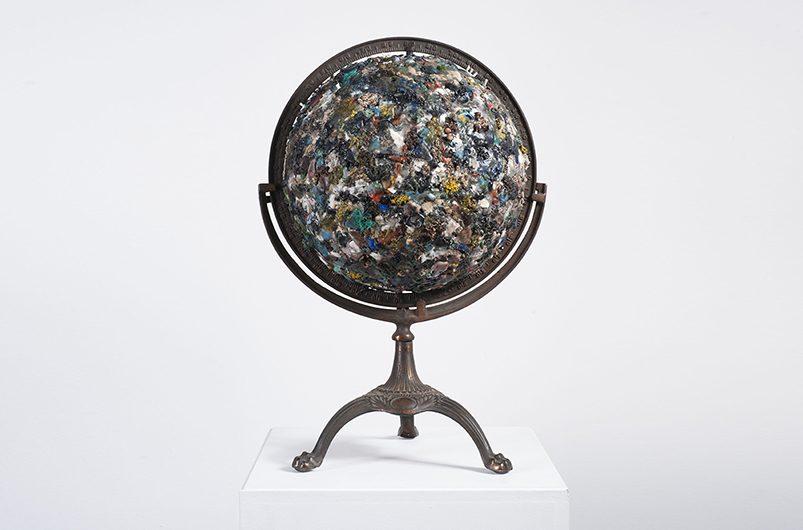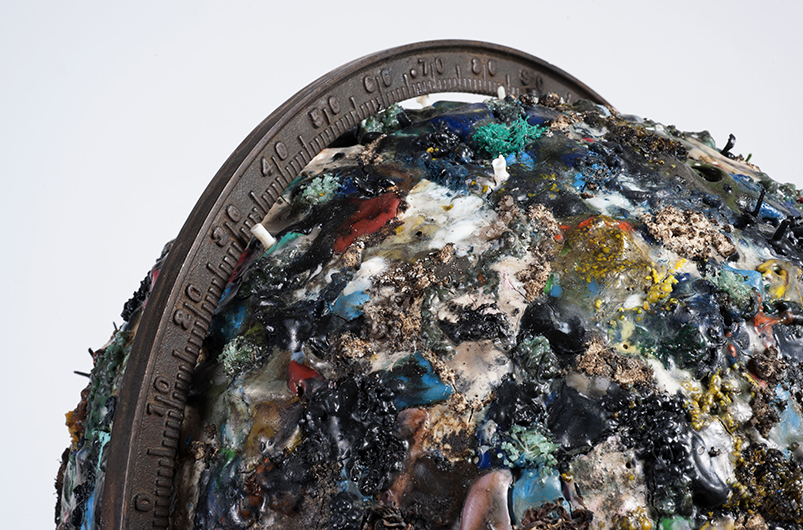Introduction
Since the 1950s, plastics have grown into a major industry that affects all of our lives – from providing improved packaging to giving us new textiles, to permitting the production of wondrous new products and cutting edge technologies in such things as televisions, cars and computers. Plastics even allow doctors to replace worn-out body parts, enabling people to live more productive and longer lives. However, plastics are durable and degrade very slowly or not at all; the molecular bonds that make plastic so durable make it equally resistant to natural processes of degradation. In March 2008 I found out that there was a “floating landfill”, about the size of continental Us and made up of plastic particles, swirling about 1,000 miles west of California and 1,000 miles north of the Hawaiian islands. Almost nobody knew about it at that time so I wanted to raise awareness for this incredible phenomenon and find out what could be done with this new ‘raw’ material. In January 2009 I visited Charles Moore, marine researcher at the Algalita Marina Research Foundation in long Beach, who discovered the Plastic Garbage Patch in 1997. He gave me a first sample of plastic debris from the North Pacific Gyre which I melted into a small plastic coral reef, the size of a football. The trash became beautiful again and seemed to solve two problems at the same time: the plastic in the ocean and the disappearing of coral reefs world wide. I decided to make the Plastic Reef as big as possible and went to all five major gyres in the course of 4 years (the North and south Pacific Gyre, the North and south atlantic Gyre and the indian Ocean Gyre). In total I fished out more than 1000kg of plastic debris making the reef grow to a size of 4 x 5 m2. A blog was created to follow my research and travels to all the five major gyres.
A total of five subtropical gyres, where the ocean current turns in circles, is spread out over the globe. While the plastic trash floats along, instead of biodegrading, it is “photodegrading,” – the sun’s UV rays turn the plastic brittle, much like they crack the vinyl on a car roof. They brake the plastic down into small pieces and, in some cases, into particles as fine as dust. The plastic is undetectable by overhead satellites, sometimes moving just beneath the surface, from one inch to depth of 300 feet, according to samples Charles Moore collected[1]. And only about half of all plastics float, the rest of it is heavier than water and pollutes the seafloor, where long term effects are unknown.
Ironically, the debris is reentering the oceans whence it came; the ancient plankton that once floated on earth’s primordial sea gave rise to the petroleum, being transformed into plastic poly-mers. That exhumed life, our “civilized plankton,” is, in effect, competing with its natural counterparts, as well as with those life-forms that directly or indirectly feed on them. Inside all gyres natural plankton is outnumbered by ‘plastic plankton’. The scale of the phenomenon is astounding; plastic debris is now the most common surface feature of the world’s oceans. What can be done with this new class of products made specifically to defeat natural recycling? How can the dictum “in ecosystems, everything is used” be made to work with plastic[2]? So far no organism was able to digest plastic plankton or transform it again into something organic, closing back the broken chain of life. New discoveries however show that bacteria are evolving, both on land and in the middle of the oceans, and are now living and feeding on different kinds of plastic. Even coral itself is eating up microplastics. The lack of alternatives forced nature to adapt but no one knows if the toxins, which are part of the plastic particles, are being neutralised or passed on the food chain. Are plastic eating bacteria living on plastic reefs a solution or the start of a new problem?
[1] Based on a text by Justin Berton / San Francisco Chronicle
[2] Based on a text by Charles Moore
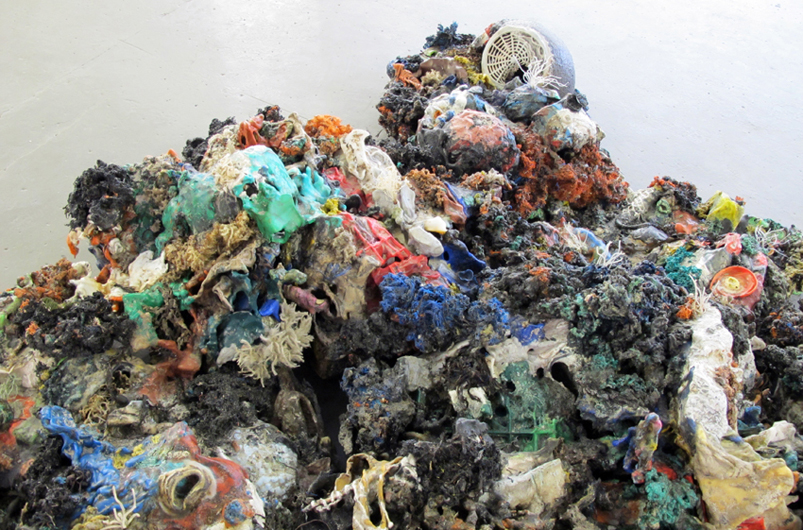 Plastic Reef (detail), 2008-2012
Plastic Reef (detail), 2008-2012
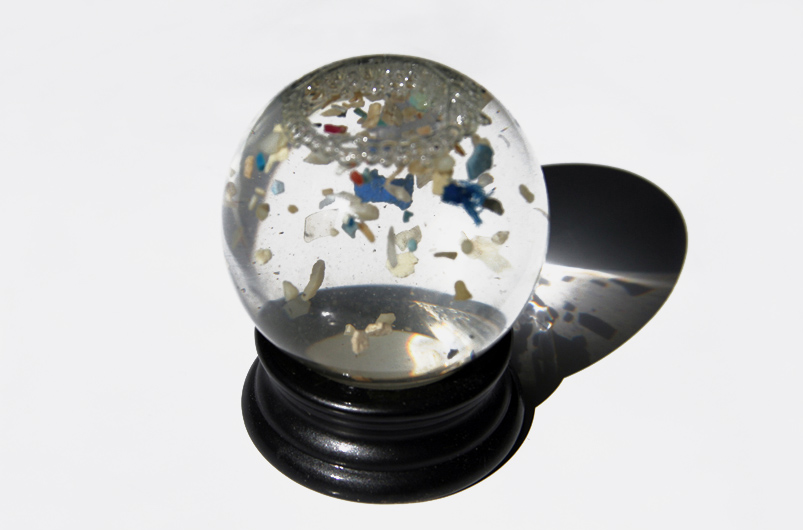
1000 Miles Away From Home, 2009-2013
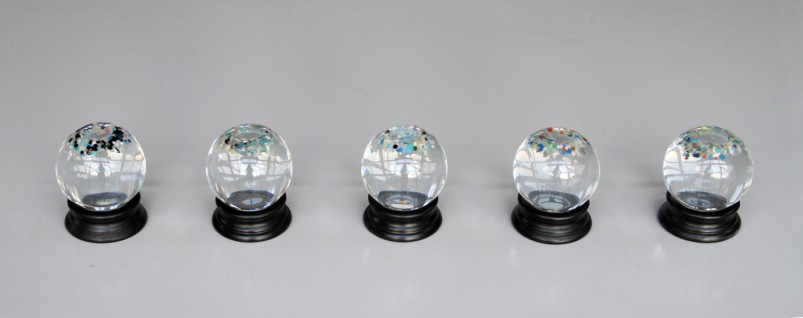
1000 Miles Away From Home, 2009-2013
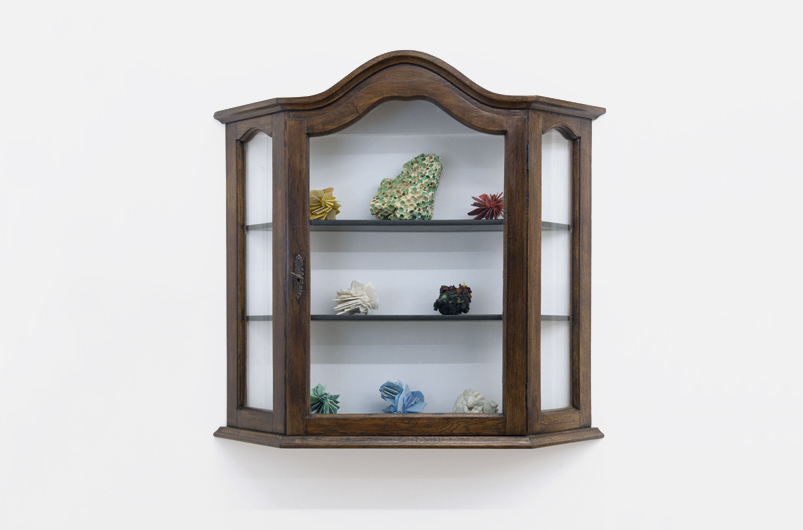
Paleontologic Plastic, 2013-2015
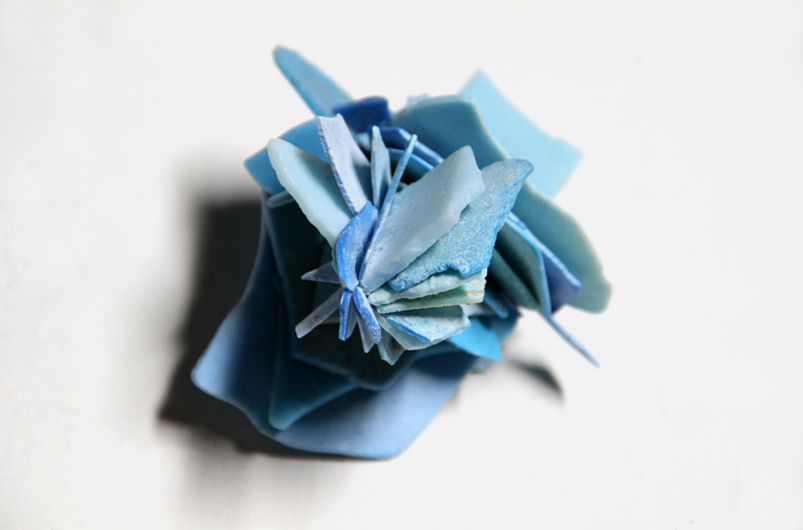 Paleontologic Plastic (detail), 2013-2015
Paleontologic Plastic (detail), 2013-2015
 Paleontologic Plastic IV, 2013
Paleontologic Plastic IV, 2013
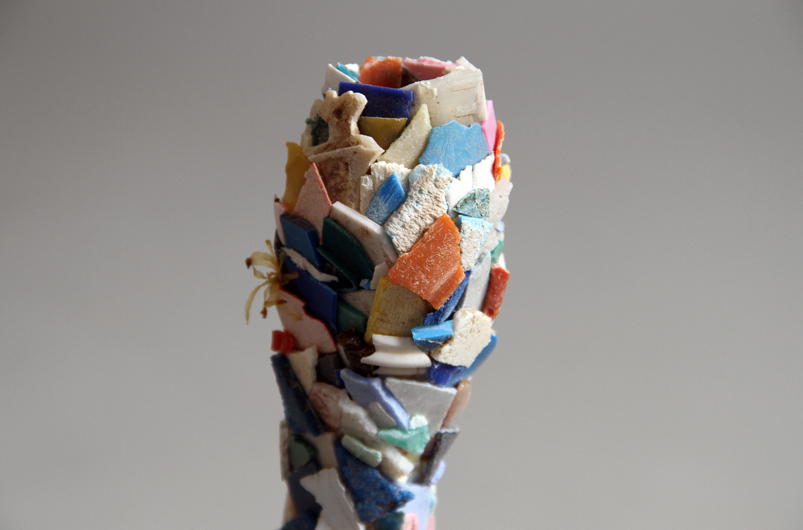
Paleontologic Plastic IV (detail), 2013
